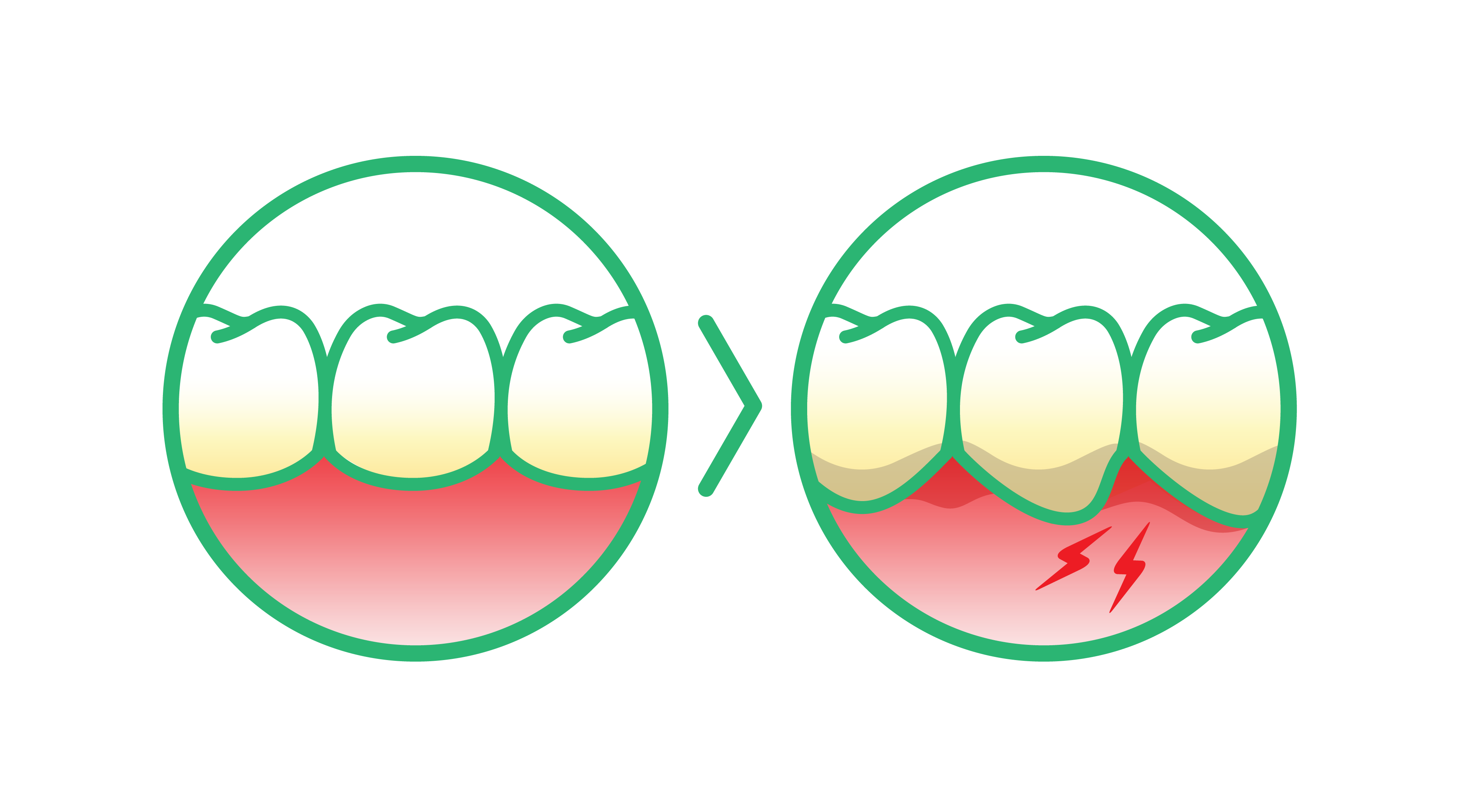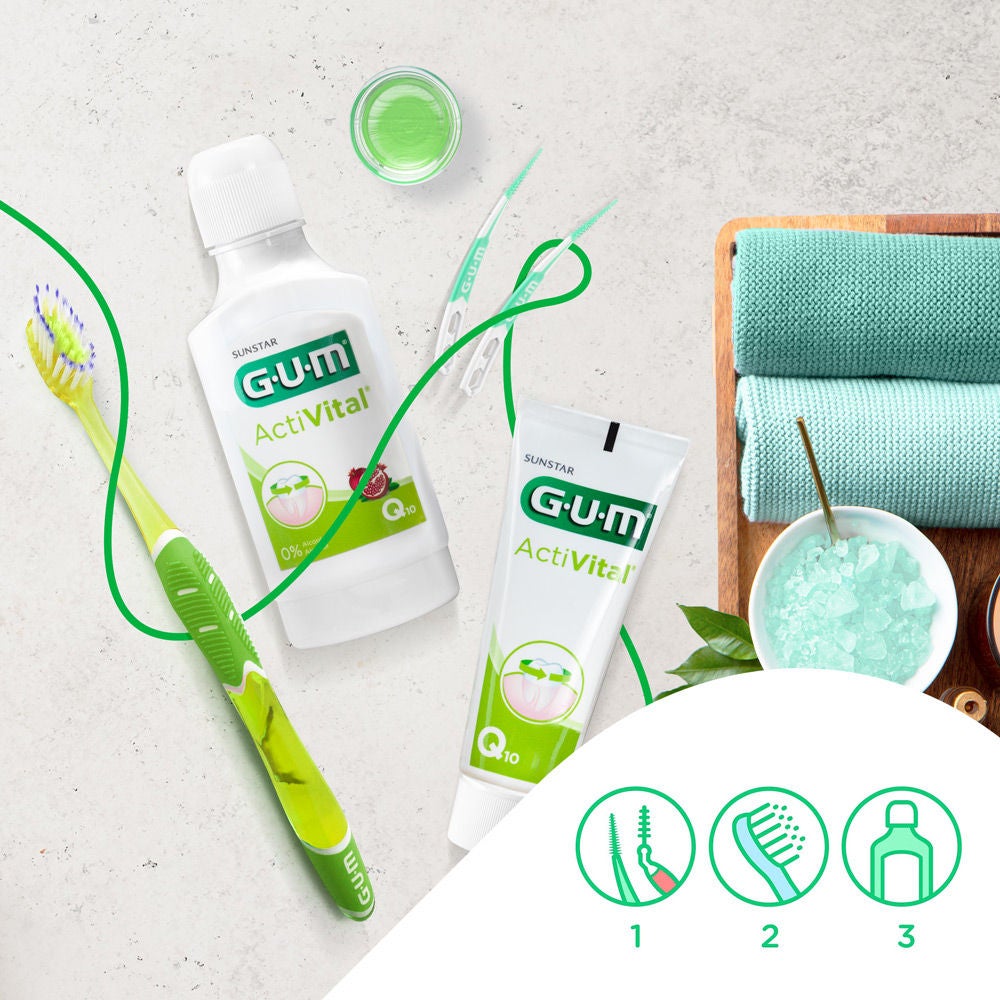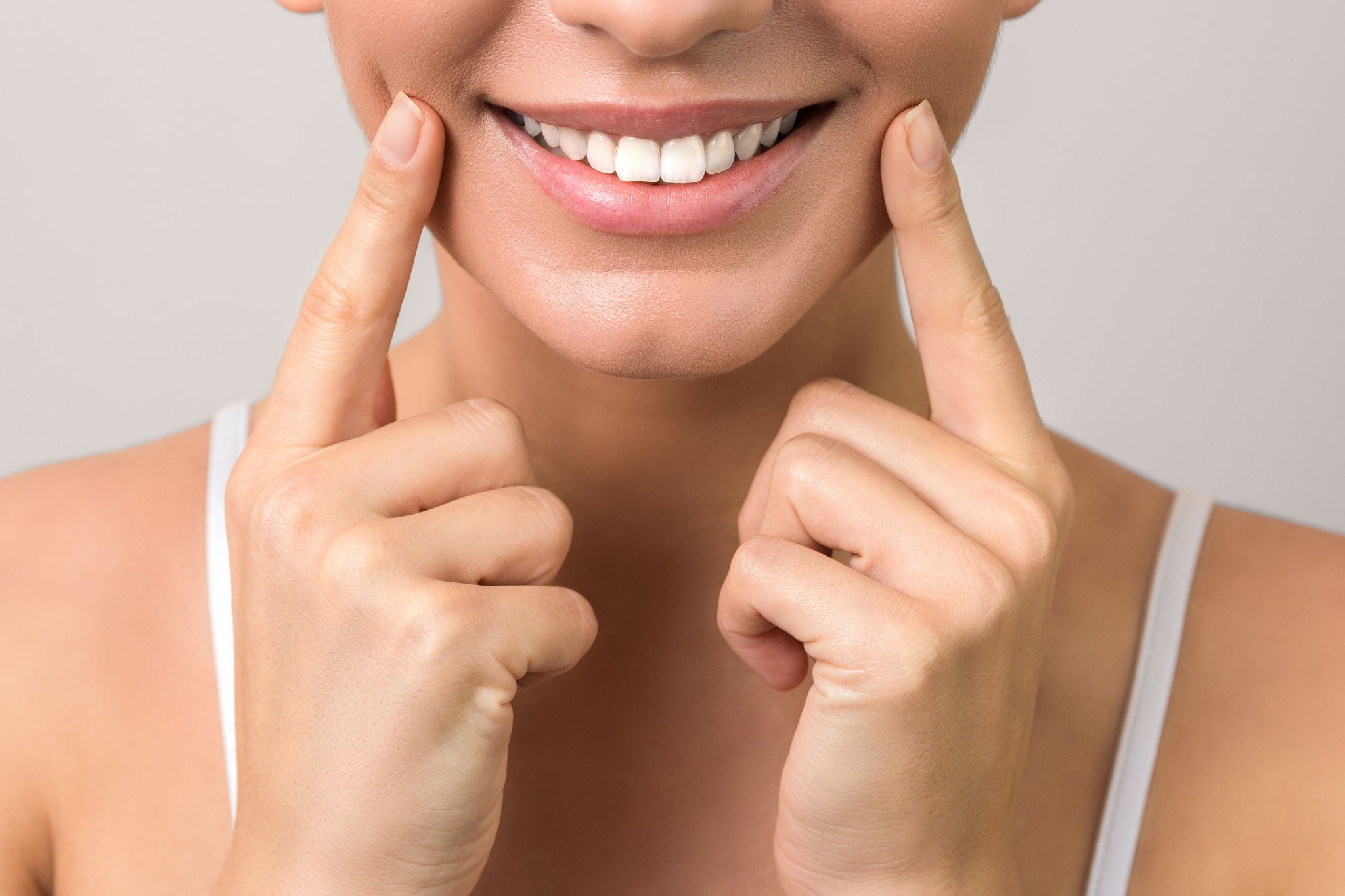
Alcohol and Your Mouth: A Dangerous Relationship
Consuming alcoholic beverages is part of the culture and commonplace among adults across the UK and Europe. This pastime is most often enjoyed in moderation (1-2 drinks a day) and poses no general health risk.

However, excess consumption of alcohol is, among other health issues, tied to oral health concerns ranging from tooth staining to increased risk of oral cancers. The NHS designates excess consumption as more than 14 units of alcohol in a week.
Let’s explore the risks alcohol presents to your oral and whole health, so you can make informed choices.
What’s in your drink…
When you strip away the foamy head and colourful little umbrellas, alcohol is a chemical toxin, although you have to remember alcohol comes in many forms. The toxicity of alcohol varies widely from the deadly methanol, ethylene glycol, and isopropyl alcohols to the far less lethal ethanol.
Ethanol is the only alcohol that can be consumed by humans, and even then it is possible to drink enough in one sitting to be fatal. The toxins present in ethanol are what create the physical sensations most drinkers are familiar with: flushed skin, light head, and dopamine release.
…is absorbed by your mouth
Alcohol goes to work immediately upon contact with the mucosal lining of the mouth. Some of the toxins are immediately absorbed into the bloodstream.
Excessive consumption of alcohol can do a fair amount of damage in the mouth alone. Your mouth acts more or less as a hub of whole-body health. Diseases can start in the mouth, and illnesses elsewhere can present through the mouth.
Protecting your oral health should always factor into the choices you make. Here are some of the negative impacts excessive alcohol consumption can have on your oral health:
Staining of teeth
Excess alcohol consumption has not been proven to be a significant source of tooth staining. However, there are specific risks to be aware of.
A study in a lab shows that the chromogens, or strong pigments, found in red wine are absorbed by the oral-film-like pellicle (like the one that naturally forms on teeth), causing that layer of film to stain. Red wine and heavily coloured alcohol can therefore still stain your teeth.
In addition to surface staining, the acid contained in alcohol, as well as several ingredients common in mixed drinks, can contribute to the erosion of tooth enamel, making teeth more susceptible to staining by other foods and beverages.

Tooth decay, tooth wear, and gum disease
There are a number of ways excess alcohol consumption can lead to tooth decay and gum disease.
Alcohol naturally contains sugar. Harmful bacteria live in the plaque in your mouth and feed on sugar and in turn produce acid. This acid weakens the enamel on your teeth and allows cavities to form.
The reason you feel dehydrated when you drink is that alcohol reduces the amount of vasopressin (an antidiuretic) your body makes. This leads to lower saliva production and dry mouth.
Saliva is a vital part of a balanced and healthy oral biome. Saliva sweeps food particles away from teeth and gums, covers teeth in a thin film that buffers against acid produced by bacteria, and even contains some antimicrobial agents that kill harmful bacteria.
The prolonged lack of saliva can therefore be harmful as the natural oral protection is absent and teeth and gums are exposed to bacteria that can easily be the cause of gum disease and tooth decay.

Oral cancer
The most urgent risk posed by excess alcohol consumption is developing cancer, including oral cancer. Oral cancer encompasses cancers of the mouth, throat, and larynx.
Drinking beyond moderation (again, that’s 1-2 drinks per day) increases the risk of developing alcohol-related cancers. Individuals who regularly consume alcohol in excess face a 1.8-fold increased risk of mouth and throat cancer, and a 1.4-fold increased risk of larynx cancer.
How does alcohol contribute to this risk? It all comes down to toxins.
Research is ongoing into the link between alcohol consumption and cancer, but studies have shown:
- When metabolised, ethanol breaks down to acetaldehyde, a toxic chemical that can damage DNA
- Alcohol generates chemically reactive molecules that contain oxygen. Through the process of oxidation, these molecules can damage DNA.
- Alcohol reduces the body’s ability to break down and absorb nutrients that may be associated with cancer risk.
- According to the UK Department of Health and Social Care, “frequency of [alcohol] consumption is more important than duration in years – higher consumption over a few years has a higher risk for oral cancer than a lower intake over many years”, although duration is still important as a risk factor for other chronic diseases like cardiovascular disease and for some sites.”
Mitigating your risk
Knowledge empowers you to make wise decisions about your personal health. By prioritising the care of your oral health, you can have a big impact on your whole-body health!
There are some ways you can lessen the risk of alcohol-related health issues while still choosing to enjoy the occasional drink.
The risks to your oral health compound when combined with smoking. If you need help quitting, there are resources available from the NHS.
Beyond that, practice good oral health care before, during, and after drinking. This includes:
- Drink plenty of water ahead of time and between drinks.
- Do not chew the ice in your drinks. Chewing ice can damage your teeth.
- Brush after drinking. You’ve introduced a lot of sugar into your mouth, so following a complete oral care routine of interdental cleaning, brushing and mouthwash is important.
Whether it’s sweets or a pint at the pub, moderation is important for preserving oral health.
Above all else, understand the signs of alcohol dependency and seek help.

